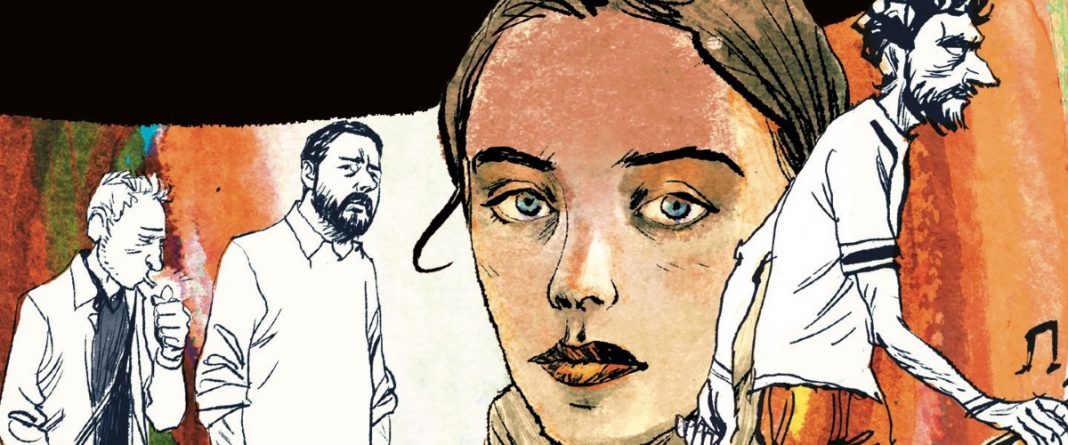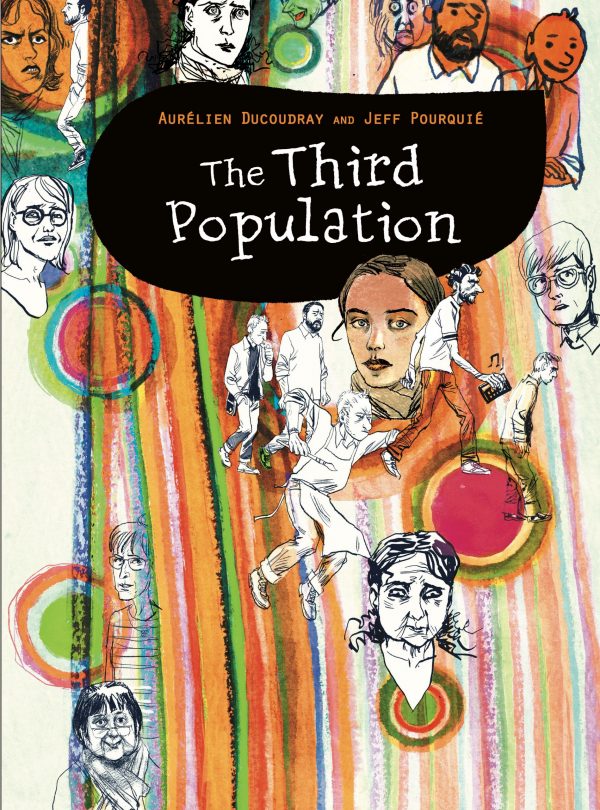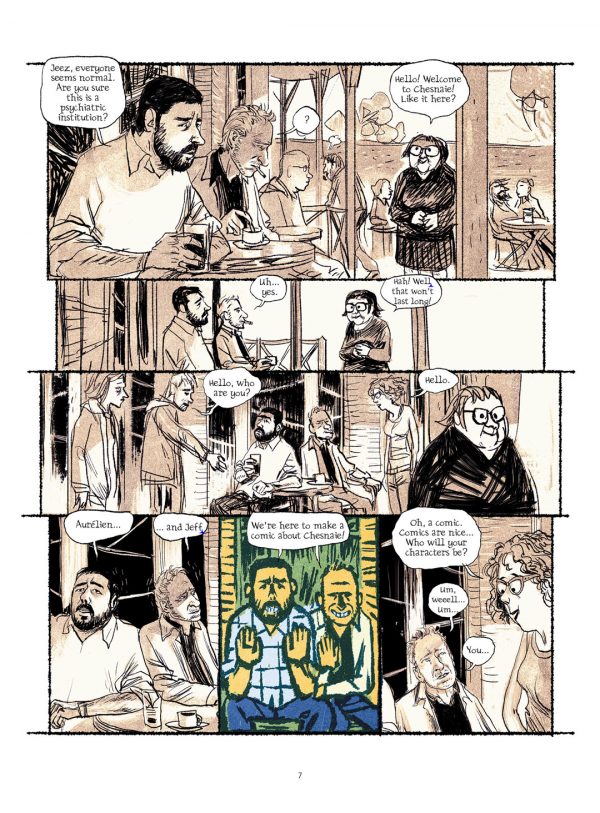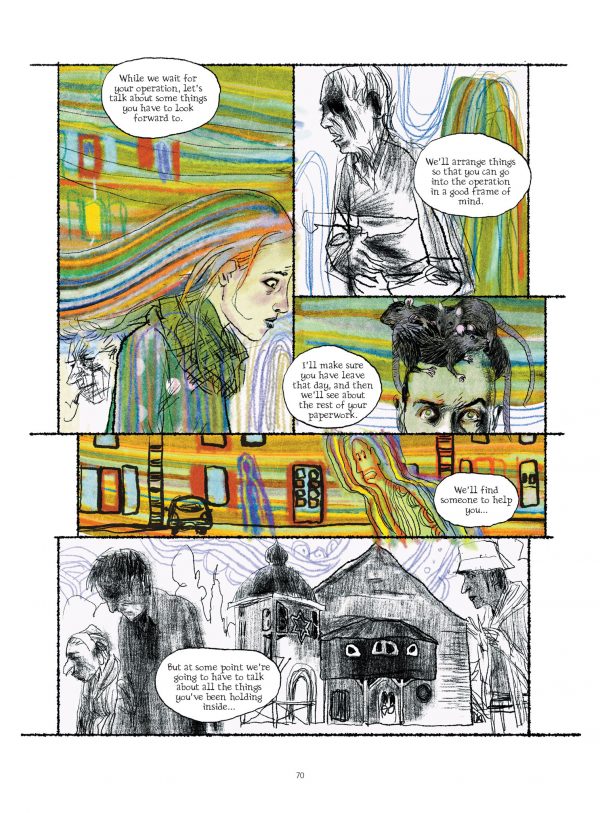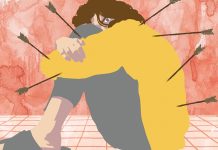The Third Population
Written by Aurélien Ducoudray
Illustrated by Jeff Pourquié
Translated by Kendra Boileau
Penn State University Press Graphic Medicine
In my experience, most comics that tackle the subject of mental health come at it from a personal place, most often the first person. The people who work with the mentally ill, typically the therapists, are less well-represented as are sometimes the difficult processes by which people are cared for and worked with. As a result, there have been great strides in understanding how mental illness affects the people who struggle with it, but fewer in getting a clear picture of what it takes to provide proper assistance in order to help the most extreme sufferers manage their illnesses and hopefully have a shot at a life outside of the facility and constant care.
The Third Population works to rectify this by inviting the reader to take a plunge into the workaday world of an unusual and creative mental health clinic in France along with writer Aurélien Ducoudray and artist Jeff Pourquié. La Chesnaie has served a population since 1956, housing around 100 people, and its collaborative approach to care entices Ducoudray and Pourquié to take a closer look at how the facility functions on a basic level — the work involved, the people involved, and the attitudes they bring with them to their task.
Ducoudray and Pourquié enter as visiting artists who will teach residents how to make their own comics, but in doing so the staff will also usher them in as functioning members of the community. The idea at La Chesnaie is to provide the expected clinical care for the live-in residents, but also to center the communal experience around the Club, a sort-of self-governing body for La Chesnaie that includes current patients, former patients, volunteers, etc., as part of a decision-making process for aspects of life beyond the individual therapy. As the club president explains, “The clinic treats the insanity of the patients and caregivers and the Club treats the insanity of the clinic.”
As an extension of their experience with the Club, Ducoudray and Pourquié have the opportunity to interact with residents on a casual basis, getting to know them as more than a collection of diagnoses, but instead as a room full of individuals. They are also expected to fulfill duties like any other community members and so take part in chores, kitchen duty, etc.
But the creators also sit in on staff meetings that reveal the nuts and bolts of patient care, the concerns that the staff has for certain patients that wouldn’t otherwise be stated outside of these meetings, and the creative processes they embrace to strategize solutions for the patients who need extra assistance. Ducoudray and Pourquié are also able to sit on some therapy sessions with patients and find out more about the approaches to this dynamic on both sides of the appointment, as well as allow a couple of patients to express themselves in fuller, more intimate moments.
It’s hard to come out of The Third Population and not feel admiring toward the people who run the clinic. It’s a huge workload, to be sure, but more importantly, it’s a huge emotional commitment and one that they approach in a thoughtful way. For instance, clinicians also do manual labor and chores like anyone else there, the idea being that they experience the residents on a different and more equal level that helps in the clinic’s efforts and enriches the therapeutic dynamic. It’s not a system of hierarchies but of overcoming hierarchies, where processes have been created to make the different groups interacting at La Chesnaie more accessible to each other. The only real point of this to further the maintenance and progress of the residents and help them manage their psychiatric conditions.
The approach that Ducoudray and Pourquié have taken — a casual one much like dropping in on a neighbor, and learning in real-time — mirrors the atmosphere of La Chesnaie in a way that just explaining it never would. Pourquié’s artwork is very much in the moment, kinetic and cluttered with people, while Ducoudray’s dialogue shifts between casual and energized. In the latter situations, the chatter comes rapid-fire, filling up the panels and reproducing the energy in the room.
The Third Population is a great missing component to the rich area of comics about mental health, a form of stepping back from the intensely personal aspects and mapping out the universal ones that include many levels of involvement and require planning, organization, patience, and empathy.
Note: The release of The Third Population has been delayed until October 2020.


